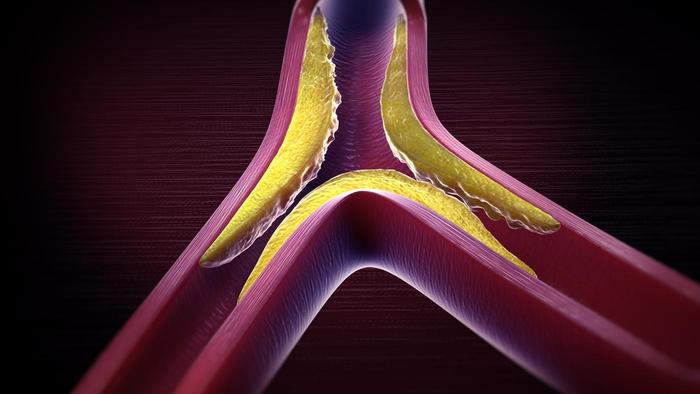Page Contents
OVERVIEW
This guide is dedicated to covering the topic of how to approach treating patients who have hyperlipidemia.

WHAT IS IT?
Hyperlipidemia at its core is defined as increased lipids within the blood. It can be useful learning more about a basic Lipid Panel before reviewing the information below. This can be further subdivided into the following categories:
Hypercholesterolemia: as the name suggests, this refers more specifically to elevated cholesterol levels in the blood. The numbers below are based upon the National Cholesterol Education Program Adult Treatment Panel III classification (that can be found here)
Total cholesterol:
- < 200 mg/dL considered desirable
- 200-239 mg/dL considered borderline high
- ≥ 240 mg/dL considered high
LDL cholesterol:
- < 100 mg/dL considered optimal
- 100-129 mg/dL considered above optimal
- 130-159 mg/dL considered borderline high
- 160-189 mg/dL considered high
- ≥ 190 mg/dL considered very high
Hypertriglyceridemia: this more specifically refers to elevated levels of triglycerides within the blood of patients. The classifications for fasting serum triglyceride levels are as follows:
- < 150 mg/dL normal triglyceride
- 150-199 mg/dL borderline high triglyceride
- 200-499 mg/dL high triglyceride
- ≥ 500 mg/dL very high triglyceride
WHAT IS THE BASE TREATMENT GOAL?
The goal of treatment is quite simply to lower the levels of lipids (cholesterol/triglycerides) in the serum of patients. As is the case with other conditions, there are a finite number of ways that this can be achieved.
The role of lifestyle changes: while this element is often glossed over in medicine, it is arguably the most critical.
- Diet: perhaps the most important element of all, before the lipids enter the blood it must come from some dietary source.
- Exercise: certain types of exercise can help in controlling lipid levels.
The role of medications: there are a few categories of medications that can be used to control blood lipid levels.
- Statins: these medications are one of the most common options for patients with elevated cholesterol.
- Fibrates: these medications promote LDL destruction.
- PCSK-9 inhibitors: these medications are a newer class that are more expensive.
- Niacin: this is a water soluble B-complex vitamin (vitamin B3) that is used to improve patient lipid profiles.
GUIDELIENS FOR INITIATING TREATMENT
The most recent guidelines recommend statin therapy for the following 4 groups:
- Patients without cardiovascular disease who are 40 to 75 years old, and have a 7.5 percent or higher risk for having a heart attack or stroke within 10 years (risk calculated here).
- Patients with a history of a cardiovascular event (heart attack, stroke, stable or unstable angina, peripheral artery disease, transient ischemic attack, or coronary or other arterial revascularization).
- Patients with elevated cholesterol (190 mg/dL or higher) who are 21 and older.
- People with Type 1 or Type 2 diabetes who are 40 to 75 years old.
INITIAL MANAGEMENT: DECIDING IF LIFESTYLE CHANGES ARE ENOUGH
While it may seem naive to believe that hyperlipidemia can be managed with lifestyle change alone, it is important to realize that their ARE instances where medications may be unecassary.
Regardless of what is decided with regards to medical treatment, it is important to realize that their are lifestyle changes that are strongly associated with lower cholesterol levels.

CONTROVERSY IN THE FIELD
A major element of controversy in the field of cholesterol deals with the discussion on how best to evaluate levels of LDL within the blood. Traditionally LDL-C has been measured (the amount of cholesterol in LDL particles) however there is data to support that the number of LDL particles (source) and/or the size of LDL particles (source) is actually a better measurement to be looking at.
Page Updated: 08.16.2016